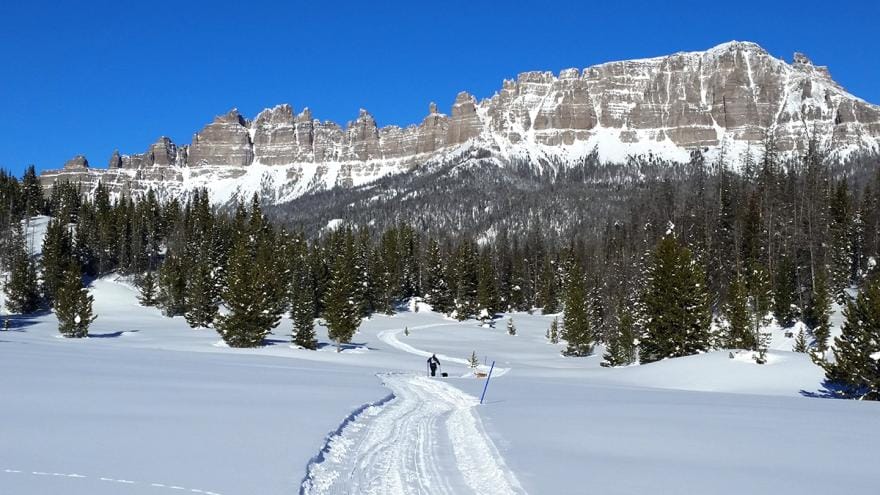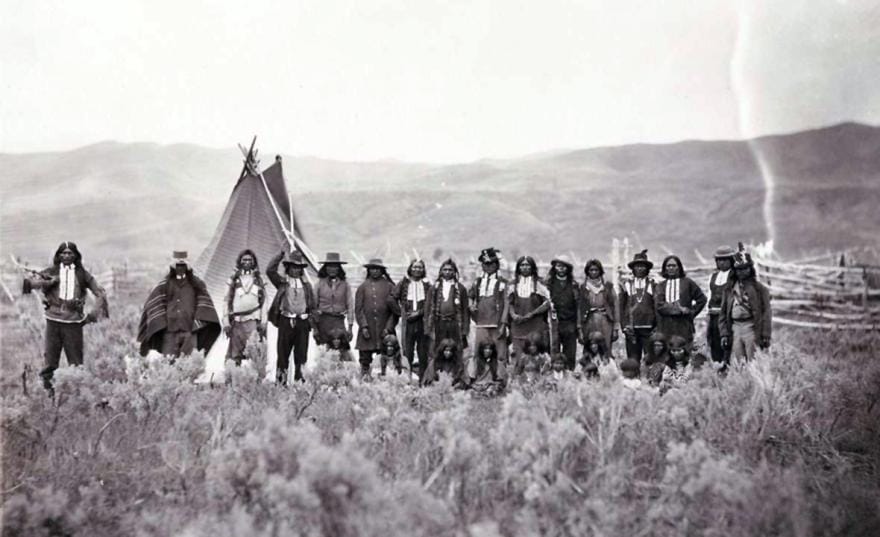This is the first in multi-year series of features where the USDA Forest Service will tell the story of every national forest and grassland we manage for the American people.
The heart of Wyoming has a special and sacred place called the Shoshone National Forest. Boasting a rich tapestry of history and an array of breathtaking sites the Shoshone beckons sightseers from all over the country and the world. This pristine wilderness, established as one of the first national forest in the United States was actually designated as public lands many years before the US Forest Service was even established in 1905.
In fact, the story of our National Forest System lands started in March of 1891 when the Yellowstone Park Timberland Reserve was created, this area was approximately 1.2 million acres to the south and east of Yellowstone National Park on what is now primarily the Shoshone National Forest.

In the following years, millions of acres were added to what was then called the Yellowstone Forest Reserve. When the US Forest Service was created the term forest reserves was dropped and the area was renamed the Yellowstone National Forest only later to be divided up into several different national forests one of them being the Shoshone National Forest.
But the story of the Shoshone begins long before its designation as a national forest. The forest is named after the Shoshone people who have called this area of northwestern Wyoming home for thousands of years. Tribes that have inhabited the lands, include the Crow, Shoshone and Bannock, who once thrived and roamed these lands, relying on the abundant wildlife and pristine waters for sustenance. The Indigenous peoples left their mark on the region, and their stories are still woven into the fabric of the forest to this day and traditional methods still play a strong role in the day-to-day operations of this complex and magnificent landscape.

Today, the 2.4-million-acre Shoshone National Forest manages national forest system lands from the Montana border to South Pass across the eastern slope of the Wind River Range. With over half (1.3-million-acres) of the forest being comprised of five different federally designated wilderness areas.
Within federally designated wilderness areas modern tools and transportation methods are prohibited so when one wants to truly explore the Shoshone National Forest there are only two ways to get there, by foot or by horse/mule. This is the same for the hard-working folks who maintain trails, conduct surveys, and patrol the backcountry. Imagine the effort and time of clearing hundreds of miles of trail annually by hand, without the aid of electric or gas-powered tools.

That is not to say that one can’t appreciate and enjoy the Shoshone without a multi-day hike or pack trip. The Forest is bisected or next to four different scenic byways that allow for any visitor to take in majestic views of diverse and unique landscapes.
If a slower pace is more up your alley, the wildflowers that call the Shoshone National Forest home should be enough warm the coldest heart. Throughout the year, green, brown, grey, and white are the predominant colors but every spring the hills and valleys are covered with white, pink, red, and yellow flowers celebrating the end of another winter.
While you are taking in the majestic views it is always best to be aware of your surroundings though. Grizzy and black bears, moose, wolves, pronghorn antelope, mule deer, elk, bighorn sheep, and so many other charismatic creatures can be seen interacting with their habitat. Don’t forget to keep your distance though! Please keep 25 yards from all wildlife and 100 yards from the larger predators like bears and wolves.
The Shoshone National Forest has something for everyone from sightseers, painters, and photographers, to hunters and fisherman. And don’t forget climbers, mountaineers, mountain bikers, snowmobilers, all-terrain vehicle enthusiasts, nordic and downhill skiers, hikers backpackers and campers.
Nearby towns like Cody, Lander and Dubois all have their place in the rich history of western Wyoming with numerous museums and other attractions.
It is impossible to say what the best part of the forest is, but everyone is sure to find a facet where they can find a deeper connection to the natural world in this first among national forests.



